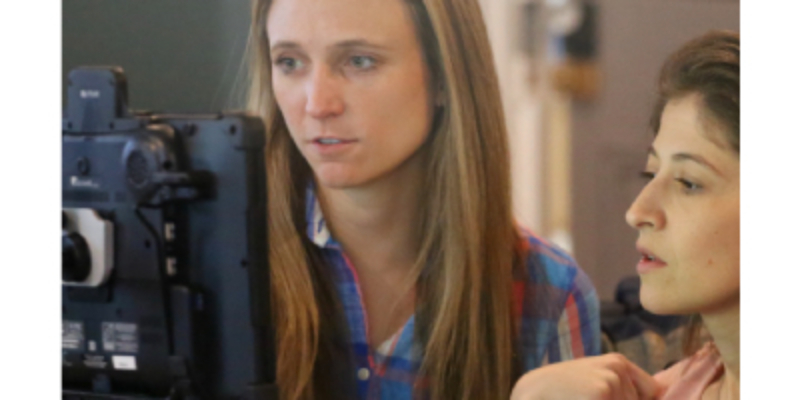
This course is an interactive and hands-on overview of the various methods by which individuals with multiple disabilities access augmentative and alternative communication (AAC) devices. Strategies and considerations that impact language learning, and ultimately the ability to communicate with AAC, are also reviewed. Through demonstration, video examples, and hands-on experience participants will explore eye tracking technology, infrared sensing (head tracking), single and multiple switch control, and touch access for AAC devices. Clinical and practical assessment considerations will be discussed across the access methods, along with implications for teaching and common adjustments to increase effectiveness in access and overall communication. This class will also touch on the impact of various movement disorders and vision related issues on the design of the user interface, adjustments to specific access methods, and overall impact on SGD setup.
This course will also examines tool use learning as it applies first to powered mobility (Assessment of Learning Powered mobility use – ALP), second as it applies to augmentative and alternative communication (ALP for AAC) and how the ALP impacts decision making for specific strategies and techniques you may implement or provide. Through interprofessional collaboration, the authors will demonstrate how the ALP for powered mobility has been adapted to the AAC population, providing a framework to help guide clinicians in assessing alternative access, and to increase proficiency with the chosen access method. Audience participation in rating videos and reviewing clinical strategies will be included.
Lastly, we will examine proper wheelchair mounting for a Speech Generating Device. This will include an overview of basic principles for choosing and setting up a wheelchair mount. An overview of all the components will be made as well as how to identify the proper clamps, tubes, and joints for specific wheelchairs. Participants will engage in a 75-minute hands-on lab to build and adjust their own mounts using the actual components. Issues will be discussed for clinical considerations of the impacts mounting can have on communication and activities of daily living along with safety issues when mounting to an individual’s mobility system.
Devices are provided for this training.
Learning Outcomes:
Advanced Access:
- Distinguish the various types of direct and indirect selection by which an individual with physical or multiple disabilities may access a speech-generating device.
- Describe 3 strategies for modifying the visual display based upon the needs of someone with acuity or cortical visual impairment.
- Identify settings within each access method that can be adjusted and matched to a new learner’s physical, cognitive, and sensory skills and abilities.
- Define strategies and settings to accommodate various movement disorders for either switch, head tracking or eye tracking.
ALP:
- recognize the tool use learning process in powered mobility intervention
- identify the three stages and eight phases in the learning process
- explain three considerations in assessing a client’s level of AAC access proficiency
Mounting:
- Identify and define the 5 core principles of wheelchair mounting for a Speech Generating Device.
- Identify and locate the major parts of a wheelchair mount when attached to an individual’s wheelchair.
- Explain three impacts mounting can have on communication and activities of daily living.
Agenda:
Day One
15 minutes – Introduction
15 minutes – Overview of the ALP
- Tool use
- Stages and Phases – process-based assessment
- Video
- Research
60 minutes – ALP for AAC
- Application to AAC
- Video Examples of Each Stage
- Scoring the ALP
20 minutes – Facilitating strategies and application
10 minutes – Summary, Review, Questions, Planning
15 minutes – Introduction to Access
60 minutes – Vision (Acuity Issues, Ocular Motor, and Cortical Vision Impairments)
45 minutes – Positioning and Movement
45 minutes – Touch Access
30 minutes – Head Tracking: Part I
45 minutes – Head Tracking: Part II
45 minutes – Eye Tracking: Part I
Day 2
75 minutes – Eye Tracking: Part II continued
120 minutes – Switches
60 minutes – Grand Rounds: Video Reviews
15 minutes – Introduction to Core Principles
30 minutes – Overview of mounting components.
- Identifying the proper base clamp and tools.
- Putting the basic mount together.
- Safety Considerations.
75 minutes – Hands on Lab with questions and answer.
Please note the following details regarding this course:
- You must register for and attend this course using your own AAC Learning Journey account.
- ASHA CEU and certificate eligibility require complete live attendance. Partial credit is not given.
- For those wanting ASHA CEUs or certificate for hours:
-Participate in polls/quizzes throughout the presentation, if applicable.
-Complete our PRC-Saltillo ASHA Certificate Form
-The PRC-Saltillo ASHA/Certificate Form will not be accepted after the course ends.
- Certificates will be available to all participants with verified attendance within a 2-week processing period.
- We get better with your feedback, please be sure to complete our post-course survey.
- If you need accommodations for special needs, please contact seminars@prc-saltillo.com at least 10 days prior to the start of your course. We will review your request and respond as soon as possible.
Instructor bio and disclosures

















